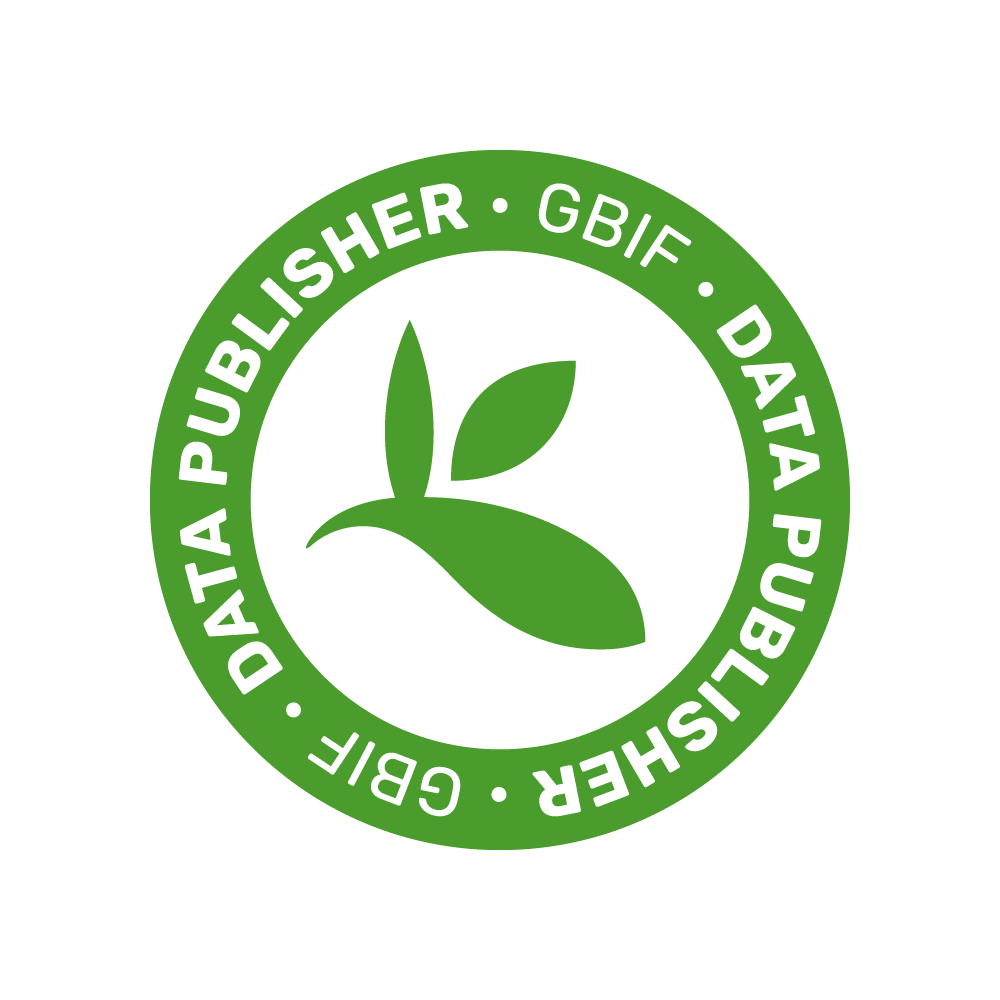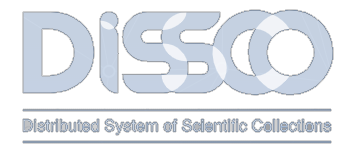|
Description
|
Project Objectives Where, when and how to address the efforts of Public Authorities in the General Surveillance for the monitoring of possible collateral effects of Genetically Modified Plants (GMPs) is the main objective of this project. An objective that is particularly relevant for those public bodies who have to manage directly those issues related with the commercial cropping of GMPs (as in the case of Italian Regions). This project has been developed starting from the assumptions highlighted in the “Outcomes of the EC Working Group on Guidance Notes supplementing Annex VII of Directive 2001/18/EC” (F. Graef, A. De Schrijver, B. Murray), which indicate that: there is no guidance as to how existing monitoring programmes and data infrastructure schemes may support GMO monitoring, there is no legal framework to regulate the coordination and harmonisation of GMO monitoring data, monitoring data should include standardised numerical raw data ready to be analysed with an informative system. The DEMETRA project aims particularly at addressing the latter bullet point, with the creation of a quick monitoring index (QMI) to rapidly assess the potential risk generated by a selected range of transgenic crops in well determined ecosystems or biotopes. The index will take into account: the level of risk posed by a range of transgenic crops potentially used in the study areas and the potential interactions of these GMPs with some relevant biological, physical and climatic parameters that will be collected and studied in some sites of the study areas. The index will be easily associated with an informative tool (based on GIS technology) which, feeded with requested data, will be useful to monitor and map the level of risk generated by transgenic plants in a determined area, either these GMPs are really cropped or that their presence is only simulated. The project will not imply the use transgenic crops. Possible interactions whit target ecosystem components will be studied by carrying on laboratory tests with GMPs or their associated chemicals. Actions and means involved The project foresees the following overall actions: Collecting, analysing and selecting already known parameters linked to weather local conditions, soil functionality, trophic chains, landscape uses, biodiversity and biodiversity loss to generate a mathematical model, which are the basis for the generation of the quick monitoring index. Assessing the suitability of data collected with the most relevant monitoring programmes and selecting the most relevant ones for the definition of the QMI. Developing the index so to express the potential perturbation that transgenic crops could pose to a certain ecosystem or biotope in condition of different intensity of cultivation (expressed in term of % of transgenic cropped surface and in number of transgenic varieties/traits). Identifying and creating specific study sites to generate simulations of the application of the QMI. Creating a GIS platform to run the modelling system. Developing guidelines and best practices to apply monitoring schemes in high risk areas. Means involved are the following: Permanent test areas to carry out specific on-site analysis (on soil, water streams & groundwater, micro and macro fauna, herbaceous plants, forests) in order to quantify and assess the value of the biodiversity. Such areas will be defined with the action A.3. Laboratories to carry out specific diagnostic tests to evaluate the level of pressure of selected indicators under different exposition to specific substances (toxins introduced with the transgenic trait; chemicals associated with particular transgenic crops; etc.). This part is described in the part C of the project proposal - actions E.2 and E.4. Scientific panel to propose specific risks indicators, which could be associated to pondered values to be used to determine the QMI. Technical team to carry on on-site analysis. Collection of documentations and publications. On-site weather stations to register specific data to be considered in the creation of the QMI, as weather condition can impact on the behaviour of transgenic crops (pollen dispersal and viability, water movement into the ground, etc.). GIS tools to map out the outputs of the studies. GPS to identify permanent test areas and to track specific phenomena (pollen movement, animals and insects activities, refugee areas, etc.). |




